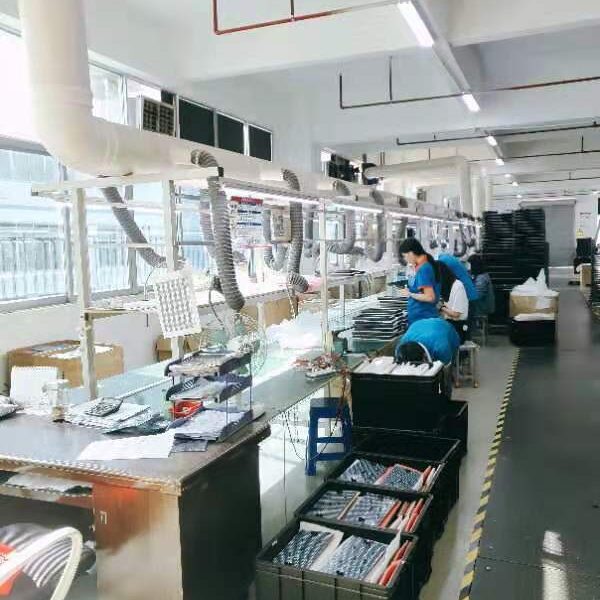
A little story about China.
China is a success story that we, the United States, should be enormously proud of. Never in the history of mankind has one nation principled an initiative that would result in lifting 850 million people out of abject poverty. Just take a moment and think about that. Think about each and every one of us participating in that process and all benefiting simultaneously.
Prior to 1979 a large share of China’s economic output was directed and controlled by the state, which set production goals, controlled prices, and allocated resources throughout most of the economy. During the 1950s, all of China’s individual household farms were collectivized into large communes. To support rapid industrialization during the 1960s and 1970s, the central government undertook large-scale investments in physical and human capital. As a result, by 1978 nearly three-fourths of industrial production was produced by centrally controlled, state-owned enterprises (SOEs), according to centrally planned output targets. Private enterprises and foreign-invested firms were generally barred.
A central goal of the Chinese government was to make China’s economy relatively self-sufficient. Foreign trade was generally limited to obtaining those goods that could not be made or obtained in China.
China maintained policies that kept the economy very poor, stagnant, centrally controlled, vastly inefficient, and relatively isolated from the global economy. Since opening up to foreign trade and investment and implementing free-market reforms in 1979, China has been among the world’s fastest-growing economies, with real annual gross domestic product (GDP) growth averaging 9.5% through 2018, a pace described by the World Bank as “the fastest sustained expansion by a major economy in history.”
China saw the value of free-market economics and was able to weave it into their political system.
